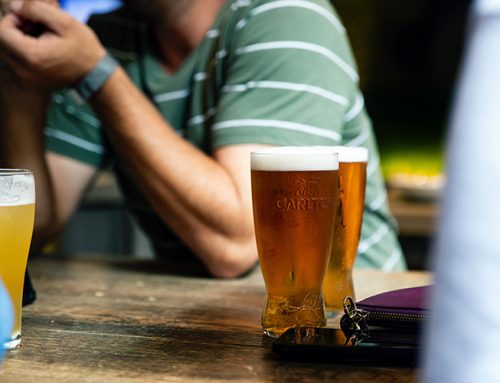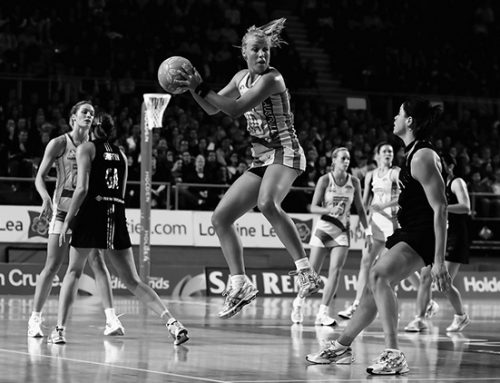| Most people may be a little surprised to discover that the “core” is actually a bit bigger than they imagine. Essentially your core is your body minus your arms and legs. So your entire trunk and all the muscles and tissues throughout your hip region as well.
A strong core or strong abs have become such buzz phrases in any sport or fitness circles that virtually everyone is aware that it is extremely important to have strong abs or a strong core. But what does that actually mean practically?
An important distinction before I continue. Your abs and your core are not the same thing. Your abs make up just one part of your core. If you have a strong core you will have strong abs. You can have strong abs and not necessarily have a strong core.
So what’s your core supposed to do?
The role of the core is to provide stability and support to the spine. More than that though it also acts as a kind of force transfer centre. To explain that, imagine you want to throw a ball as hard and far as you possibly can. You could stand nice and upright, body facing where you want to throw it, and then flick your arm as fast as you can in the desired direction. (A little like an English cricketer) Or you could bend at the knees, arch back, rotate through your trunk, and then simultaneously drive from your legs, rotate the hips and trunk as you accelerate the arm forward.
One involves movement from the arm and little else while the other is a fully integrated whole body movement requiring considerable core strength and control.
So if we want to develop a strong core does it make sense to do an exercise like a crunch that requires very little movement and only uses some of the muscles of the core and none of the rest of the body?
And even the Plank. Possibly the most well-known “core exercise” is far too often misused! I’ve heard people proudly proclaiming that they can hold a plank for 2 minutes or more! That’s great but when in the world are you ever going to be required to lie perfectly still on your elbows and feet for 2 minutes?
Doesn’t it make more sense to strengthen your core in a manner similar to the activities that you want a strong core for in the first place.
If you are a swimmer or a runner, a strong stable core is a must, but it has to be stable while your arms and legs are moving vigorously creating strong rotational forces.
Or you might be a tennis player or cricketer where you not only want a stable core but you also want your core to be able to create and transfer force to generate more power.
Or perhaps you just need a stronger core for those everyday activities, moving and lifting things around the house, picking up small and not so small children. Even just keeping up with those children.
All of these activities require whole body movement. So our cores need to be strong, but they have to be strong while they are integrating with the rest of the body. So the most effective core strengthening exercises will usually be ones that entail the whole body having to move and stabilize as an integrated unit.
And I’m not saying you should never do a crunch or plank again, they can both be very useful in various circumstances. You just need to be aware that “core strength’ involves a vastly broader spectrum that most people realize.
|



